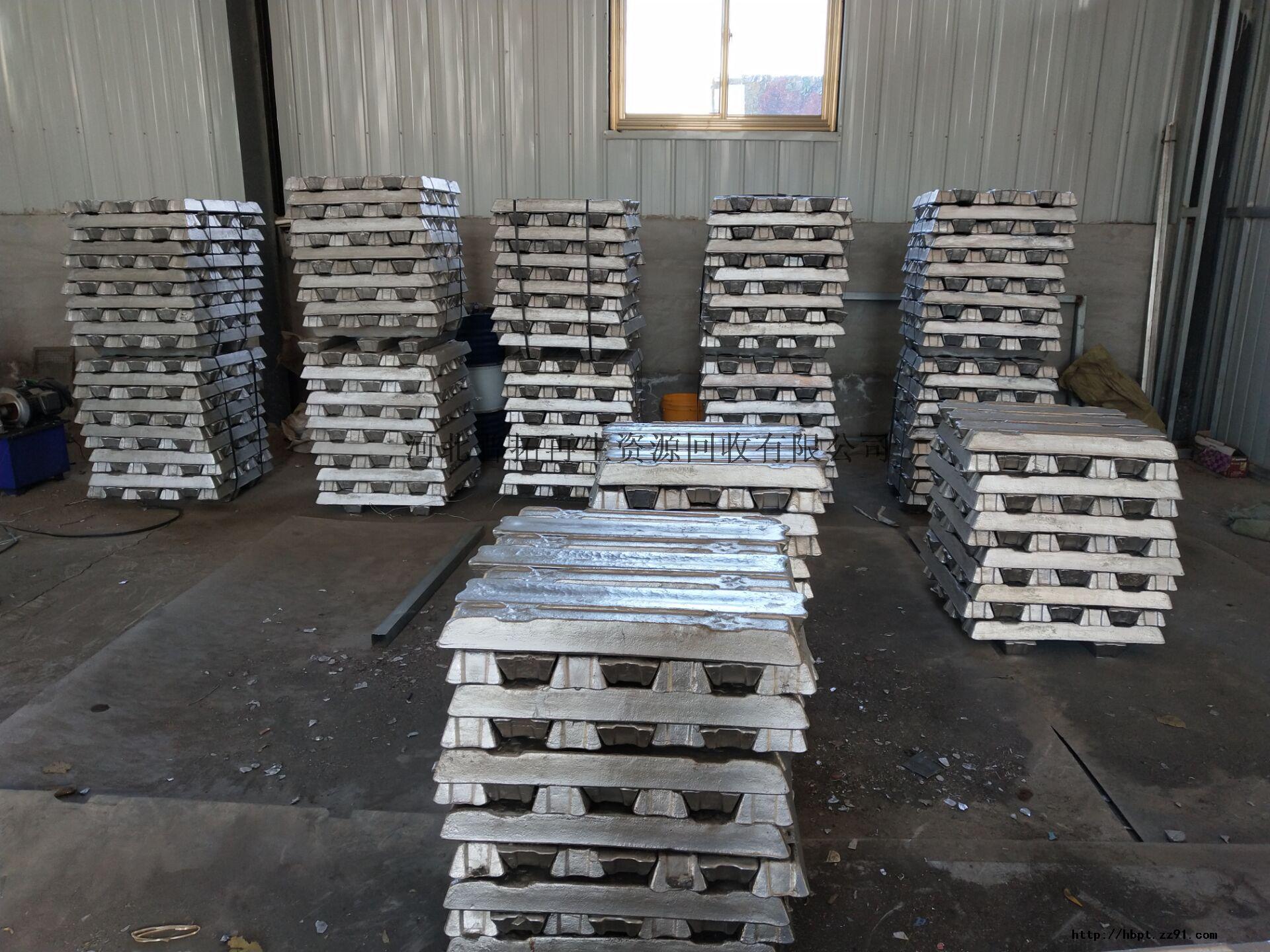In the recycling industry, the transformation of scrap metal into valuable aluminum ingots is a remarkable process that contributes to resource conservation and sustainable development. In this industry news article, we will explore the process of melting scrap metal in an aluminum melting furnace to produce high-quality aluminum ingots. The aluminum melting furnace plays a crucial role in the conversion of scrap metal into aluminum ingots. The process begins with the collection and sorting of scrap metal, which includes aluminum cans, automotive parts, and various aluminum scraps. These scraps are then cleaned to remove any impurities and contaminants. Once the scrap metal is prepared, it is fed into the aluminum melting furnace. The furnace operates at high temperatures, typically exceeding 660 degrees Celsius (1220 degrees Fahrenheit), to melt the scrap metal. The heat source, often natural gas or electricity, is carefully controlled to ensure efficient and uniform melting. During the melting process, impurities and non-aluminum elements present in the scrap metal rise to the surface and are skimmed off, leaving behind a molten aluminum bath. The molten aluminum is then refined and treated to achieve the desired chemical composition and purity. This may involve the addition of specific alloys or fluxes to enhance the properties of the aluminum. Once the molten aluminum meets the required specifications, it is poured into molds to solidify and form aluminum ingots. These ingots are carefully cooled and solidified to ensure their structural integrity and quality. After solidification, the ingots are typically subjected to further processing, such as rolling, extrusion, or casting, to produce various aluminum products for different industries. Aluminum ingots have extensive applications across various sectors. In the automotive industry, they are used in the production of engine components, body panels, and structural parts due to their lightweight, high strength, and corrosion resistance. In the construction industry, aluminum ingots are utilized for windows, doors, and architectural structures, offering durability and aesthetic appeal. Additionally, the electrical and packaging industries rely on aluminum ingots for their excellent conductivity and recyclability. The transformation of scrap metal into aluminum ingots not only conserves valuable resources but also reduces energy consumption and environmental impact. By utilizing advanced technologies and efficient aluminum melting furnaces, the recycling industry contributes to a circular economy, promoting sustainability and minimizing waste. In conclusion, the process of melting scrap metal in an aluminum melting furnace is a vital step in transforming scrap metal into high-quality aluminum ingots. This process enables the recycling industry to harness the value of scrap metal and produce aluminum products for a wide range of industries. Through resource conservation and sustainable practices, the recycling of scrap metal into aluminum ingots contributes to a greener future. |


